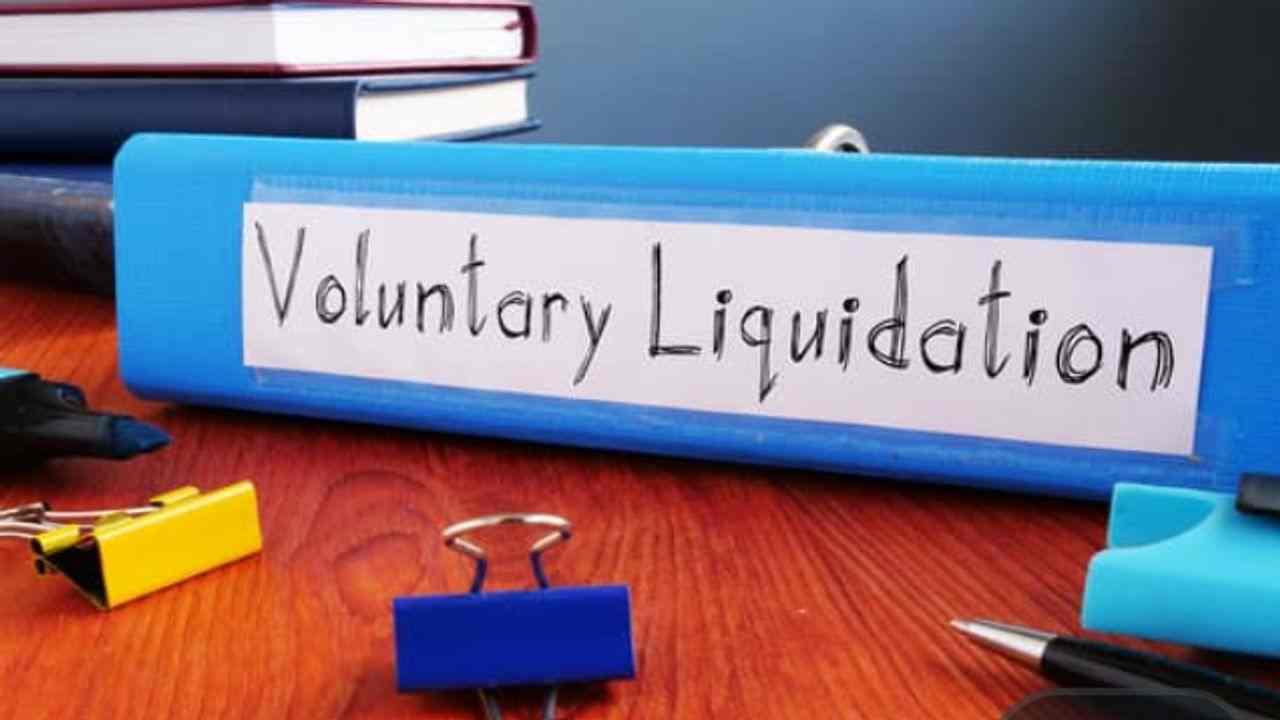A company’s assets are liquidated in a Creditors’ Voluntary Liquidation (CVL) when it becomes insolvent and there is no prospect of recovery. It’s typically done by the board of directors when their firm goes bankrupt and there is no prospect of recovery.
If a director becomes aware or suspects that their firm is insolvent, they should seek expert advice on the alternatives available, one of which may be Creditors’ Voluntary Liquidation. Taking such actions is part of a director’s fiduciary duty to act in the best interests of its stakeholders.
How does a CVL work?
When a business is deemed worthless, it must go through the CVL procedure. A winding-up resolution is required to begin the CVL process if directors decide that their firm has no future. If 75% or more of shareholders (by the value of shares) support it, a licensed insolvency practitioner (IP) will be appointed as liquidator.
The Companies House notification is sent, and a notice to that effect appears in the Gazette. The company’s creditors are notified, and an advertisement for the liquidator is published in the Gazette. If a majority of lenders accept the liquidationist’s offer, the process begins with a statement of affairs being distributed to creditors.
When a firm is liquidated, all assets are sold to satisfy creditors’ interests and the company is deleted from the Companies House register. Creditors are paid by the prescribed creditor hierarchy, and any outstanding debts are erased.
When might you use a Creditors’ Voluntary Liquidation?
The CVL technique has several benefits for company directors in a variety of situations, including:
- If a creditor has filed a winding-up petition against the firm,
- When there is no possibility of turning the company around and you don’t want to be accused of misbehaviour,
- The firm is unable to make timely payments to an HMRC time to pay arrangement.
- Your landlord has threatened the use of a bailiff to collect outstanding rent.
What are the advantages of a CVL for company directors?
Director redundancy
You may be able to claim redundancy as a company director, in addition to being less likely to be accused of misconduct. This is true only if you’re also an employee of the firm; otherwise, you must qualify for the employment exemption.
You must be able to show that you belong in the top 25% of the firm’s directors in terms of experience and competence. To qualify for statutory redundancy, pay as a director, you must:
- He or she worked on a contract of employment, whether formal, oral, or implied.
- Been working for at least 16 hours per week for at least two years in a small firm.
- You were engaging in more than simply advisory work.
- I received a wage under PAYE.
Compulsory liquidation is avoided
As a director, you may be required to answer queries into your responsibilities before the firm’s bankruptcy. Although the liquidator will continue to investigate what occurred, placing creditor interests first through a CVL is critical.
More control for directors
During a Creditors’ Voluntary Liquidation, the board may initially select its liquidator and then creditors decide whether to keep it. In comparison with Compulsory Liquidation, you have more control over the procedure in a Creditors’ Voluntary Liquidation and can start it up quickly online.
Outstanding debts are written off
The liquidator writes off any debts that remain after the process. This allows you to pursue a new career path if you like or move on to another project without being harassed by creditors.
If you’re looking for assistance with your company liquidation, why not contact Irwin Insolvency today for more information.
